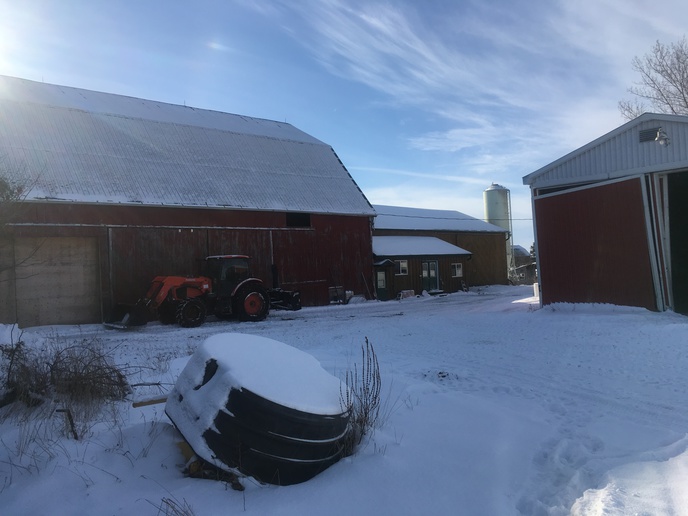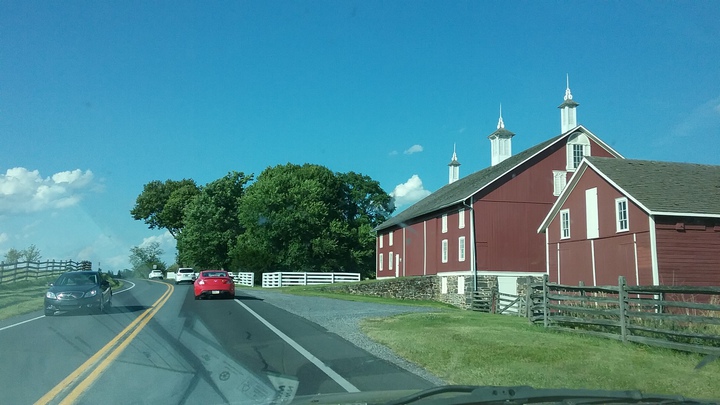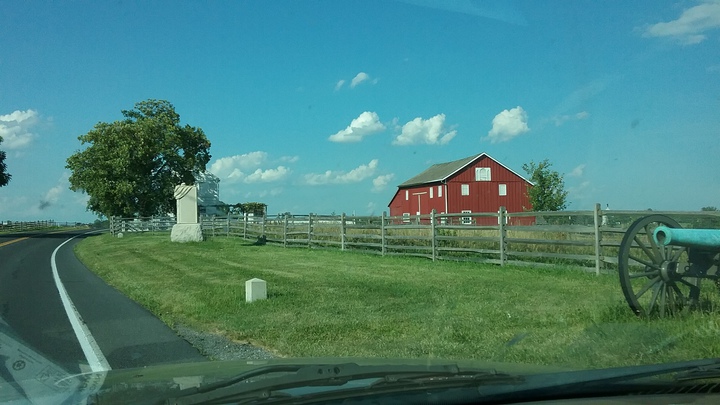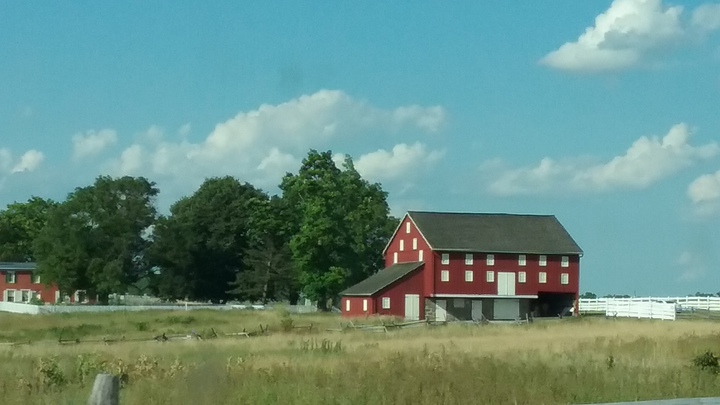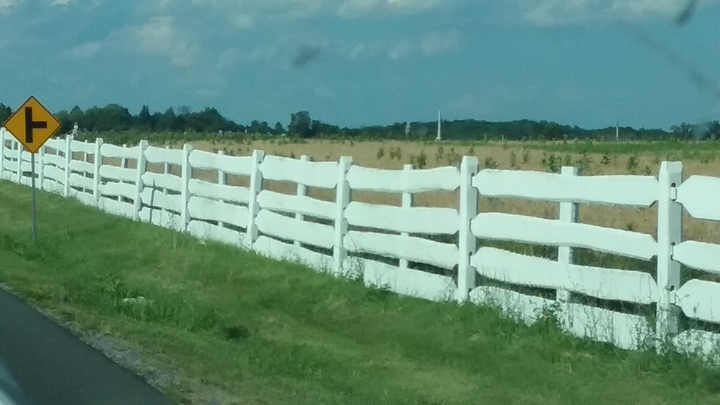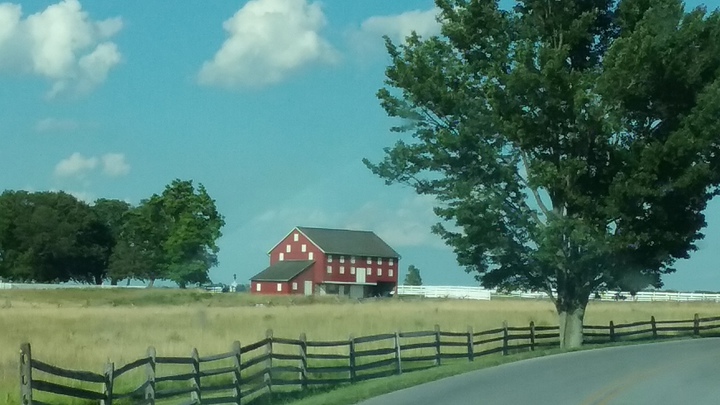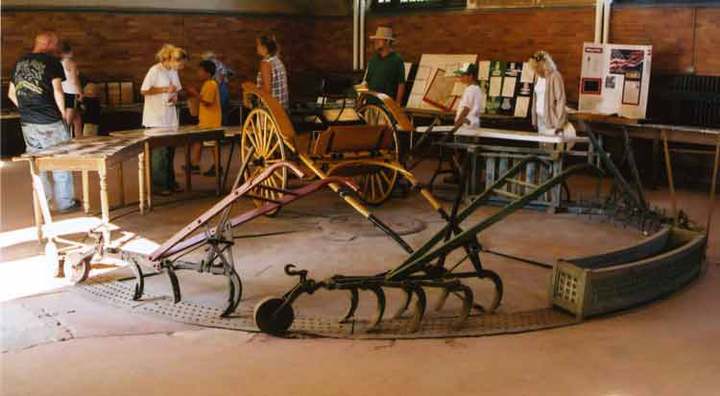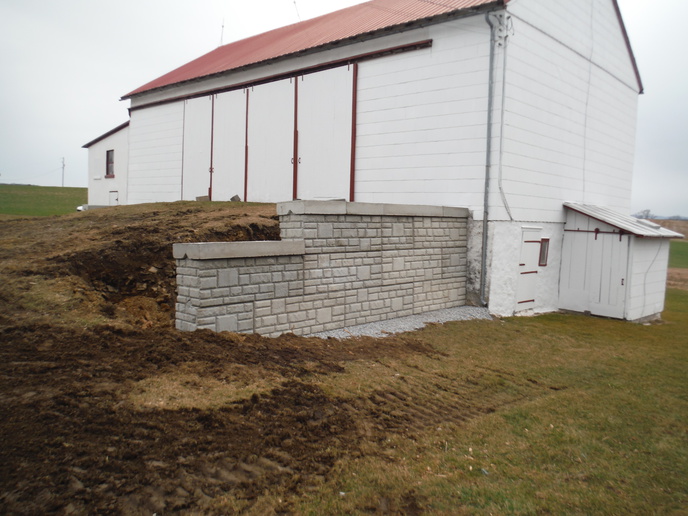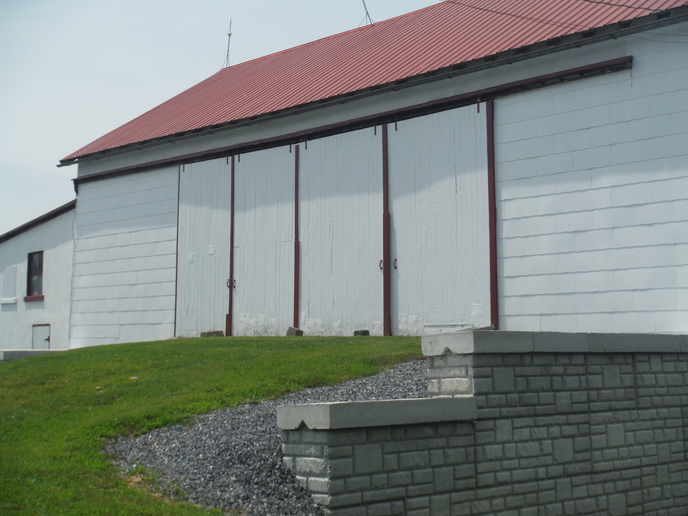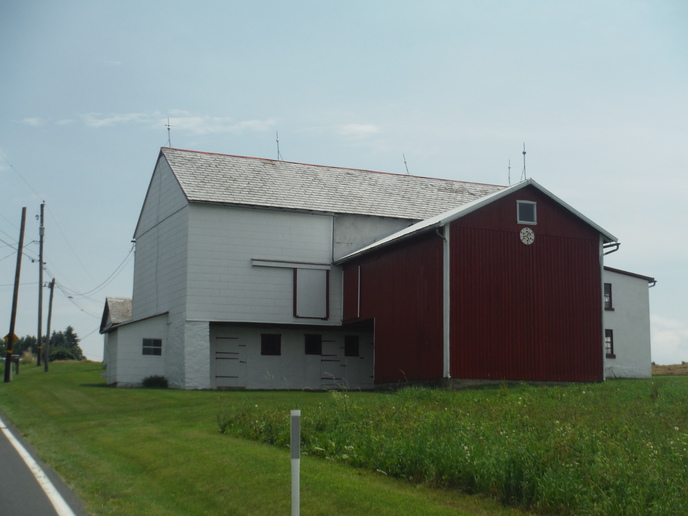Hi there,
Since I am from Norway, and not too familiar with the US and now living in California I don't know a lot about farming and barns in other parts of the US.
Here is the deal, my wife subscribe to a magazine called Yankee Magazine and is from New England, and I am looking at barns and small farms they have pics from, and today it dawnd to me something I have never seen in the US.
In Norway maybe 95% of the barns in the old days had a ramp outside the barn that went up and into the barn. In really od days I guess they used it for the horses and wagons, but I am not familiar with those days. When I was a kid this ramp was used to drive up with tractors and the trailer with dry hay.
The idea was that they made a floor sort of a second floor in the barn, from one side of the barn to the other. And so wide that a tractor could easily fit there, plus a little space to walk around the tractor and trailer. This way it was easy to unload the trailer and just tip the load outside the floor and down in the bottom of the barn. In other words, no reason to have some kind of lift to get the hay up.
Barns in Norway are often built in a slope, so they made a ramp outside the barn where this floor inside was, and then to the ground that was actually a little uphill. This way the ramp did not become so long or so steep. Some barns had this ramp in the end of the barn that was facing uphill, it all depended how people wanted it, and how if fit to build the barn.
Is this something that has been used for tractors here in the US to get the hay easily into the barn ?
Bill
Untitled URL Link
Since I am from Norway, and not too familiar with the US and now living in California I don't know a lot about farming and barns in other parts of the US.
Here is the deal, my wife subscribe to a magazine called Yankee Magazine and is from New England, and I am looking at barns and small farms they have pics from, and today it dawnd to me something I have never seen in the US.
In Norway maybe 95% of the barns in the old days had a ramp outside the barn that went up and into the barn. In really od days I guess they used it for the horses and wagons, but I am not familiar with those days. When I was a kid this ramp was used to drive up with tractors and the trailer with dry hay.
The idea was that they made a floor sort of a second floor in the barn, from one side of the barn to the other. And so wide that a tractor could easily fit there, plus a little space to walk around the tractor and trailer. This way it was easy to unload the trailer and just tip the load outside the floor and down in the bottom of the barn. In other words, no reason to have some kind of lift to get the hay up.
Barns in Norway are often built in a slope, so they made a ramp outside the barn where this floor inside was, and then to the ground that was actually a little uphill. This way the ramp did not become so long or so steep. Some barns had this ramp in the end of the barn that was facing uphill, it all depended how people wanted it, and how if fit to build the barn.
Is this something that has been used for tractors here in the US to get the hay easily into the barn ?
Bill
Untitled URL Link


